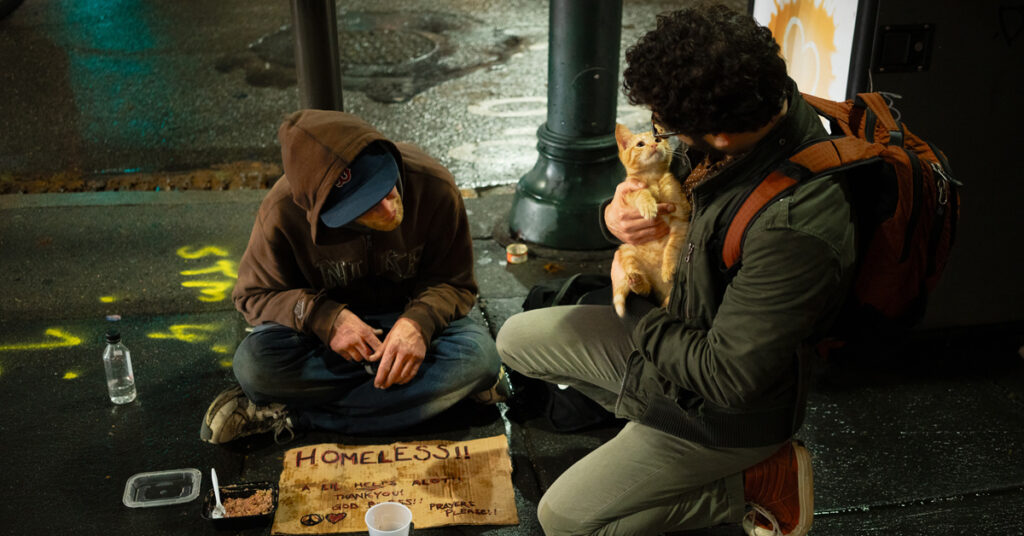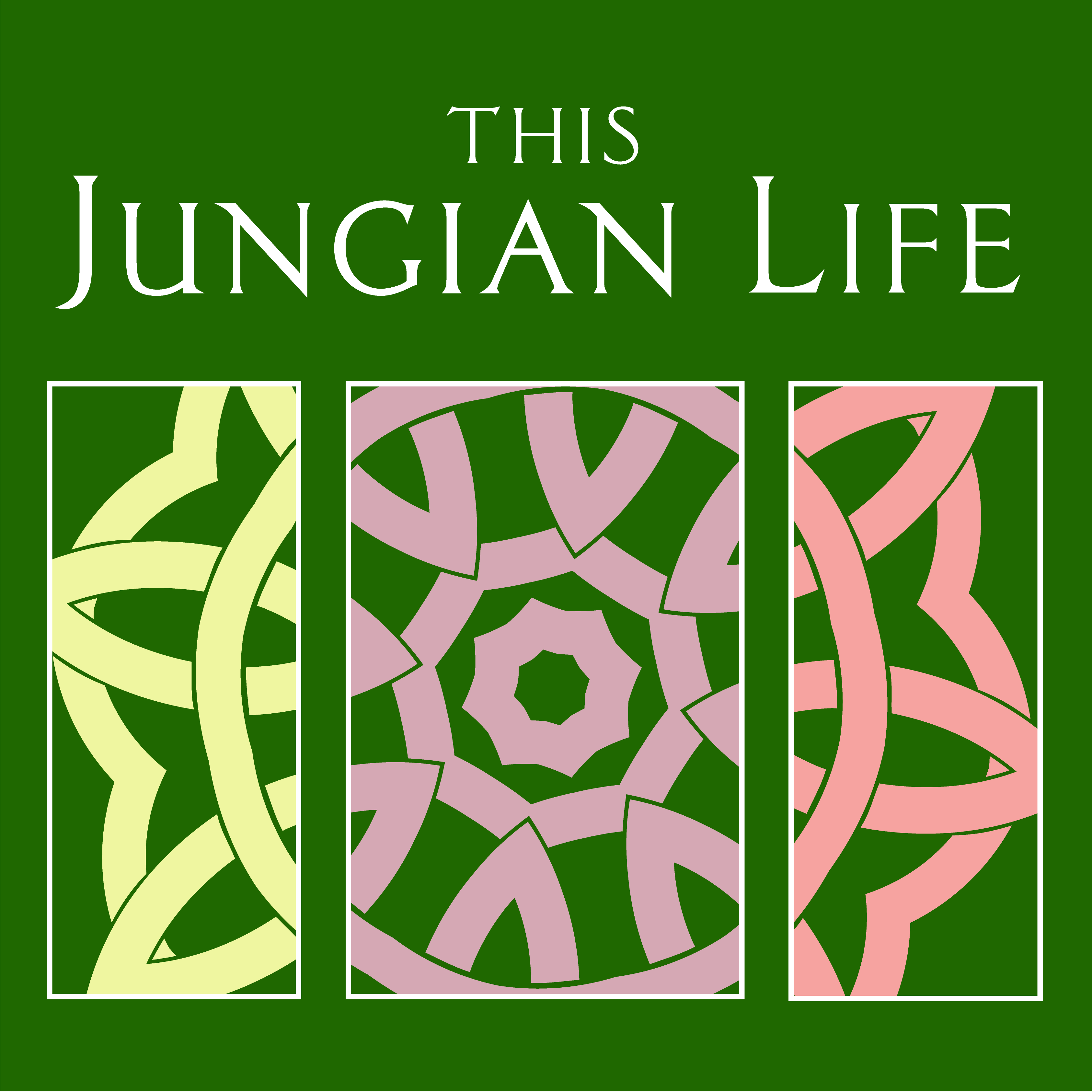
Homelessness is more than physical displacement. It constellates from numerous inner and outer factors driven by the ‘Outcast’ archetype.
Homeless symbolizes a state of disconnection, both externally and internally. It is a complex interplay between unconscious, personal experiences, and societal forces. Resolving displacement involves restoring a sense of security, belonging, and acceptance in the outer world and oneself.
It transcends the absence of physical shelter and ventures into spiritual and emotional displacement. It mirrors the alienation and dislocation experienced in a rapidly evolving society, where individuals feel lost amidst the tumultuous tides of change. In this symbolic dispossession, we recognize our collective vulnerability and insecurity. Homelessness is not a homogeneous phenomenon. It ranges from temporarily unsheltered individuals between jobs or homes to chronically unhoused individuals who spend years or decades without stable housing. The psychological implications differ substantially across these spectrums and demand a nuanced understanding.
historic conditions
Most ancient societies operated on cooperative principles where the group cared for its members. Nomadic tribes roamed the landscape, not homeless but home-full. Their home was not a fixed location but wherever they found themselves. Ancient Rome offers our first glimpse of something akin to contemporary homelessness. Strangers, outsiders, and those without family or patrons could find themselves without a place to live.
Fast forward to the Middle Ages. Urban development created a scenario where people could be ‘homeless.’ This issue was exacerbated during plague and war, driving people from rural areas to cities. Feudal lords and landowners cast off serfs who couldn’t work due to illness or injury. This issue persisted throughout the Renaissance and into the Industrial Revolution, where city overcrowding and poor working conditions made houselessness rampant.
Major socio-economic shifts occurred in the 20th century. The Great Depression led to widespread homelessness in many parts of the world. Shanty towns, or ‘Hoovervilles,’ in the United States became symbols of economic despair. Following World War II, governments worldwide focused on providing housing for citizens. However, economic disparities, mental health issues, and substance abuse contributed to persistent problems.
Looking at the postmodern era, we see homelessness as a systemic and complex issue. Economic downturns, like the 2008 financial crisis and the global COVID-19 pandemic, exacerbated housing insecurity. Wealth inequality, lack of affordable housing, and inadequate social safety nets often drive people to the streets. Moreover, social stigmatization makes reintegration into society difficult for those experiencing unhoused.
psychosocial influences
Homelessness remains a persistent issue in many societies due to various political factors. Sky-rocking prices, property zoning, and development regulations contribute to the lack of affordable housing. The lack of robust social welfare systems exacerbates the problem. For many, the loss of a job or a major health crisis puts housing at risk. The criminalization of small amounts of marijuana led to vicious cycles of unemployability, poverty, and eviction for individuals and families who relied on two incomes.
Schizophrenia, bipolar disorder, and significant depression frequently coexist with homelessness. These conditions hinder job stability and social relationships, exacerbating the risk of homelessness. Stigma and lack of accessible mental health services create formidable barriers to treatment.
Drugs and alcohol often serve as coping mechanisms for trauma, poverty, or mental health disorders. This reliance can lead to addiction, further impairing an individual’s capacity to maintain stable housing. Resources for substance abuse treatment remain inadequate, perpetuating the cycle.
Family conflicts and domestic violence frequently precede homelessness. Emotional, physical, or sexual abuse can make staying home untenable, especially for youth and women. These individuals often carry the burden of trauma and instability, heightening their vulnerability to loss of housing.
Institutional failures exacerbate the crisis. Foster care systems often fail to prepare youth for independence. These young people may face the harsh reality of limited resources and skills upon aging out, pushing them to the streets.
Social isolation aggravates the problem. Support networks provide emotional and financial assistance during crises. Homelessness often results when these networks fray or disintegrate. Society’s stigmatization of unhomed individuals further alienates them, eroding potential sources of support.
Structural inequalities amplify this issue. Systemic racism, gender discrimination, and lack of educational opportunities lead to economic instability. Marginalized groups often find themselves disproportionately impacted. A cycle of poverty persists, leaving many without a safety net in times of crisis.
psychodynamic features
Underneath homelessness lies a myriad of psychological and emotional experiences. Often, unresolved traumas serve as precursors. A childhood marked by neglect, abuse, or severe disruption can skew perceptions of self, others, and the world. Such traumas can disrupt an individual’s ability to maintain stable relationships or employment, leading to a transient existence.
Defense mechanisms also play a significant role. These unconscious strategies manage internal conflicts and external stresses. Some might turn to substance misuse as a form of avoidance or self-soothing, exacerbating their instability and driving them toward homelessness.
Mental health challenges often intersect with homelessness. Conditions like depression, anxiety, and personality disorders can both stem from and contribute to unstable housing situations. Individuals experiencing these conditions might struggle to hold a job, maintain relationships, or seek assistance. Mental health challenges often complicate the pathway out of homelessness, as the support needed can be difficult to access or unavailable.
Internalized societal stigma also perpetuates homelessness. The marginalized status of transiency individuals can lead to feelings of worthlessness and despair. They may internalize this negative perception, leading to a cycle of self-defeating behaviors and thoughts. This self-stigma can significantly impact an individual’s motivation to seek and accept help, depriving them of housing.
Unresolved grief and loss also hold prominence. Homelessness is frequently linked to loss, not only of material possessions but also of relationships, safety, health, and dignity. Individuals may experience a form of complicated grief, intensifying feelings of hopelessness and exacerbating mental health challenges.
Lastly, we must consider the role of interpersonal relationships. For people who have experienced repeated relational trauma, trust in others diminishes. They may push away supportive individuals or services, choosing solitude over potential emotional harm.
Understanding these psychodynamic factors helps us empathize with the psychological realities underlying homelessness. In acknowledging these elements, we can shape interventions that address the material needs and the mental and emotional turmoil experienced by those struggling with displacement.
archetypal dynamics
The archetype of the Outcast challenges our notions of belonging and security. It’s stark vulnerability and social marginalization confront us with despair and isolation. The homeless person becomes a symbol of our collective fears and anxieties. In their presence, we are reminded of the fragile nature of our social fabric.
As we encounter the Outcast, we are forced to grapple with questions of identity and purpose as we witness the struggle for survival in its rawest form. Homeless persons become a mirror reflecting our vulnerabilities and insecurities. Dismissed and overlooked, we turn a blind eye to their suffering, distancing ourselves from their plight. Yet, deep down, we recognize our interconnectedness and the inherent injustice of their predicament. We cannot truly be at peace while others suffer.
The Outcast compels us to confront our own biases and prejudices. It challenges us to recognize the inherent dignity of every human being, regardless of their circumstances. Each unhoused person carries a story, a testament to the resilience of the human spirit, reminding us of our shared capacity for strength and adaptability. They embody potential even in the most adverse circumstances.
Yet, the Outcast is not inherently negative. There exists a transformative potential within it. Traditionally, they possess wisdom derived from their harsh experiences. They serve as mirrors, reflecting societal inequities back to us. From this standpoint, we might consider the homeless as victims of societal failures and individuals capable of imparting profound insights.
Resilience thrives even in the most challenging situations. We see stories of individuals overcoming indigence, inspiring us to strive for change. Each of us plays a part in this societal tapestry. A collective push toward empathy, understanding, and action can create a transformative impact on homelessness. The modern reality of displacement calls us to confront these issues head-on, and together, we can redefine this reality for a more equitable future.
~ Joseph Lee
HERE’S THE DREAM WE ANALYZE:
“I was at my younger sister’s house, and she woke me up in the middle of the night crying and crying. Her face was completely contorted with agony, but I had my earplugs in, so I couldn’t hear her say what was wrong. Then my mom came in too, and she was crying. I took the earplugs out, but I still couldn’t hear anything or understand them to know what was wrong; everything was still muffled. It was absolutely heartbreaking not to be able to understand them or comfort them in their immense grief.”
BECOME A DREAM INTERPRETER:
We’ve created DREAM SCHOOL to teach others how to work with their dreams. A vibrant community has constellated around this mission, and we think you’ll love it. Check it out.
PLEASE GIVE US A HAND:
Hey folks — We need your help. So please BECOME OUR PATRON and keep This Jungian Life podcast up and running.
SHARE YOUR DREAM WITH US:
SUBMIT YOUR DREAM HERE FOR A POSSIBLE PODCAST INTERPRETATION.
FOLLOW US ON SOCIAL MEDIA:
FACEBOOK, INSTAGRAM, LINKEDIN, TWITTER, YOUTUBE
INTERESTED IN BECOMING A JUNGIAN ANALYST?
Enroll in the PHILADELPHIA JUNGIAN SEMINAR and start your journey to become an analyst.
LET’S STAY in TOUCH:
SUBSCRIBE to our free newsletter.

I think this quote comes from the Bible; “The poor are always with us.” Why? You touch on so many aspects of this. One thing which strikes me is, there are some homeless people who do not want a home. This would be a small minority, but it is there. There are those who go into the system, gain a flat, and quickly go back on the road. This is significant and fascinating. Why should everyone want to opt into society? Why should everyone want a roof over their heads?
My mother worked in two NGO homelessness projects over decades. She had contact with the same people (in Leeds, Northern England) for years. Many of them lovely people, with chronic problems.
An individualism which justifies neglect is freedom from obligation taken too far